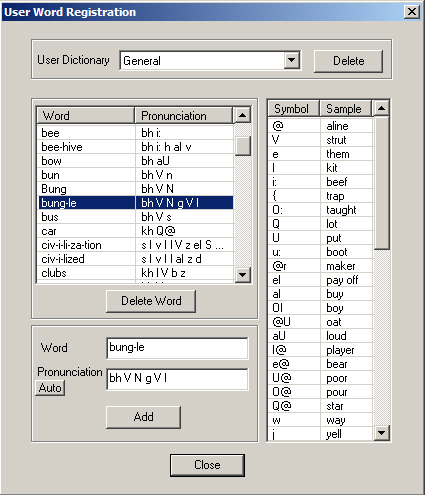

A command prompt will pop up and will show a bunch of words and numbers. It may take a few minutes depending on how long the song is, because UTAU has to render each sound. Press Ctrl+A and click the small Play button on the top. ust file and select the UTAUloid you would like to sing. You can use this with UTAU to make your UTAUloid sing the song embedded in the. Do this for all the sounds.Ĭongratulations! You have just completed your first UTAU voicebank!Ī. Click each row and Copy+Paste the Japanese character for that file to the bar that says "Alias" and then click "Set". Go to Project>Project Properties and choose your UTAUloid from the first drop-down menu. Put the image in the same folder as the sounds and text files.ī. Image=image.bmpYou can leave image blank, but if you want, you can make a 100x100 pixel image and save it as a.

It is just the info that comes up in the info box in the UTAU program.Ĭharacter.txt is what actually displays the name. Make two text files in the folder that stores all your sounds: readme.txt and character.txt. I currently have 2 UTAUloids, Shoza Makasu and Ashu Kotone. Make it at least sound Japanese by putting together a few characters and making the last name first. If you haven't already, make up a name for your UTAUloid. Move the folder with all your sounds into X:/Program Files/UTAU/voice (X:, again, being main HDD) If you want the UTAUloid to be deeper or higher in pitch, select the whole soundtrack (Ctrl+A) and go to Effects>Change Pitch. ***Right here is where you can change the pitch. Save them all in one folder When you are done, you should have about 110 sounds. To keep them organized, put the filename as the Romaji name. When it is to your liking, click File>Export Selection and for the file type select "WAV (Microsoft) signed 16 bit PCM" from the drop-down menu. Adjust it so that the whole character is clear. Make sure to leave a small space between each character.*** Select part of your recordong and press play to listen to it. Say all the sounds in a monotone voice, trying to keep the same note. Press the record button (red circle) and re-open the browser window. Open Audacity, and open the link mentioned above for the Hiragana chart. If you don't do this, you won't be able to use Hiragana voicebanks and use Hiragana. Don't worry, this won't change your computer completely to Japanese, only non-Unicode programs. In the R&L window, go to the Administrative tab and click "Change system locale." and select Japanese. To do so, go to Control Panel (Category View), then "Clock, Language, and Region", then "Region and Language". *You will need to change the non-Unicode language to Japanese. If the res folder is not there, create one. To add English Patch: Extract res.zip to X:/Program Files/UTAU/res (X: being main HDD) If you have done an installation of any program before, you can find out what to do. This website open and scrolled down to the Hiragana chart (not really a program.) These are the programs you will need to create a vocaloid. We will use this program to create your Vocaloid. UTAU is a freeware version of Vocaloid that allows you to make your voice a singing voice. One if the most popular Vocaloid songs is the Ievan Polka. Some of the most popular Vocaloids are Hatsune Miku, Kaito, Kagamine Rin and Len. There are many Vocaloids and UTAUloids (UTAU Vocaloid) on the internet. Vocaloids can sing songs perfectly, and reach notes that most humans can't usually reach. If you're on the internet, you definately know about Hatsune Miku.


 0 kommentar(er)
0 kommentar(er)
